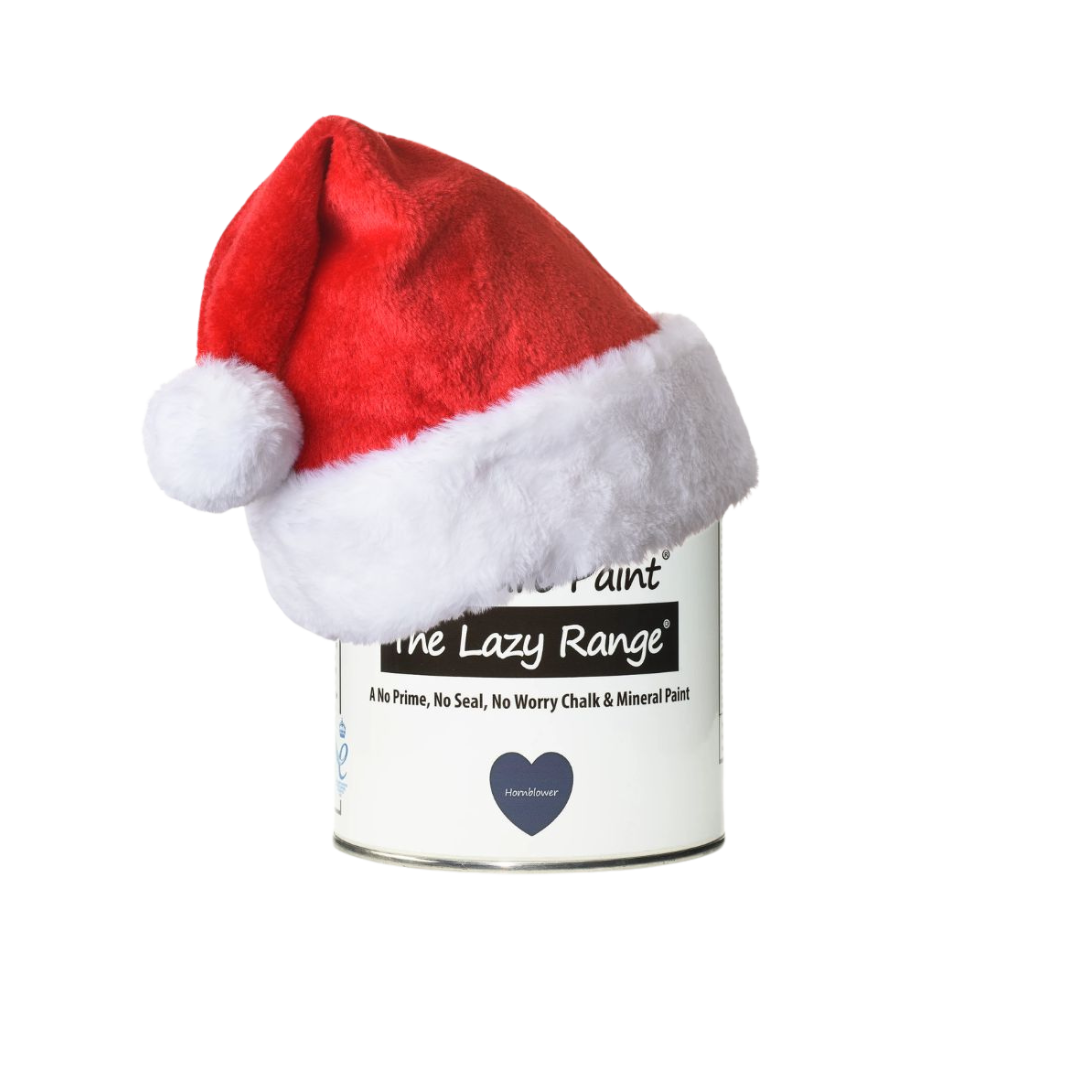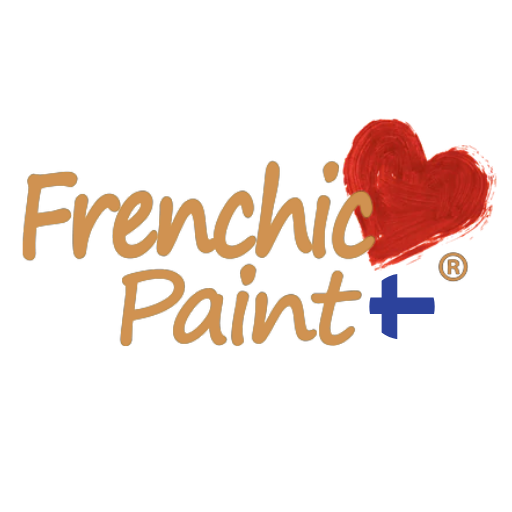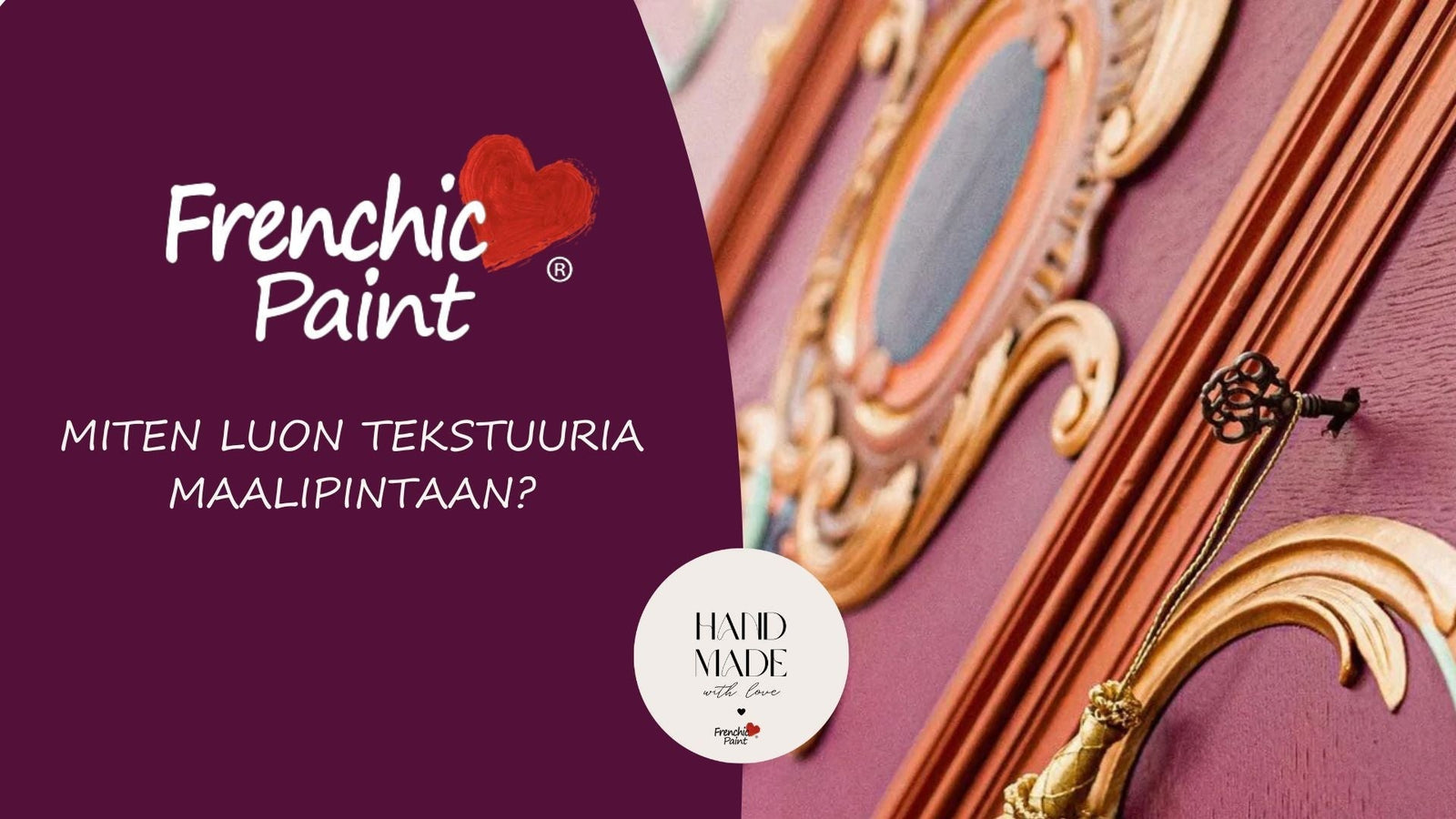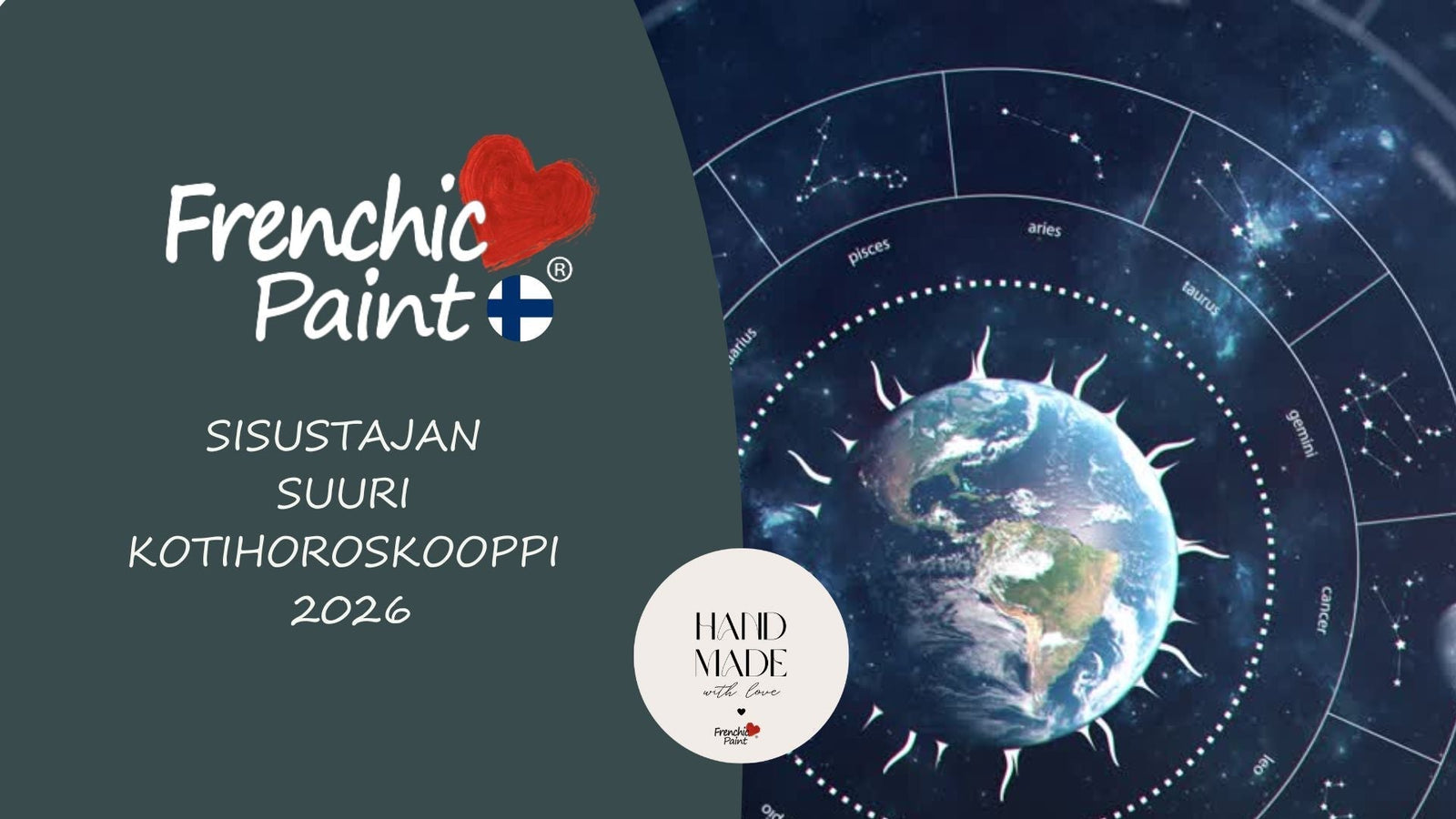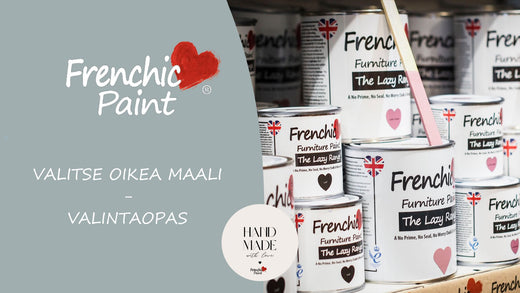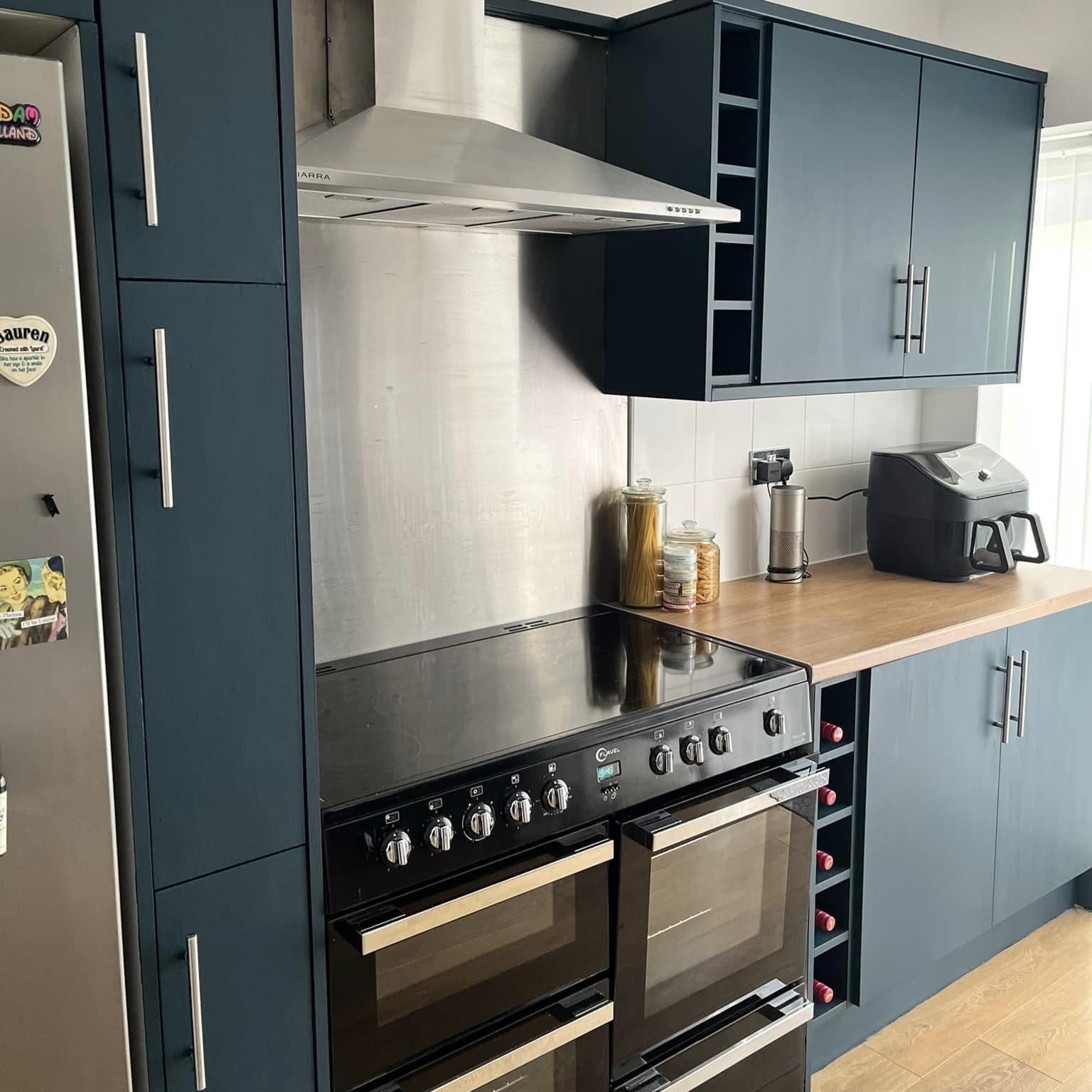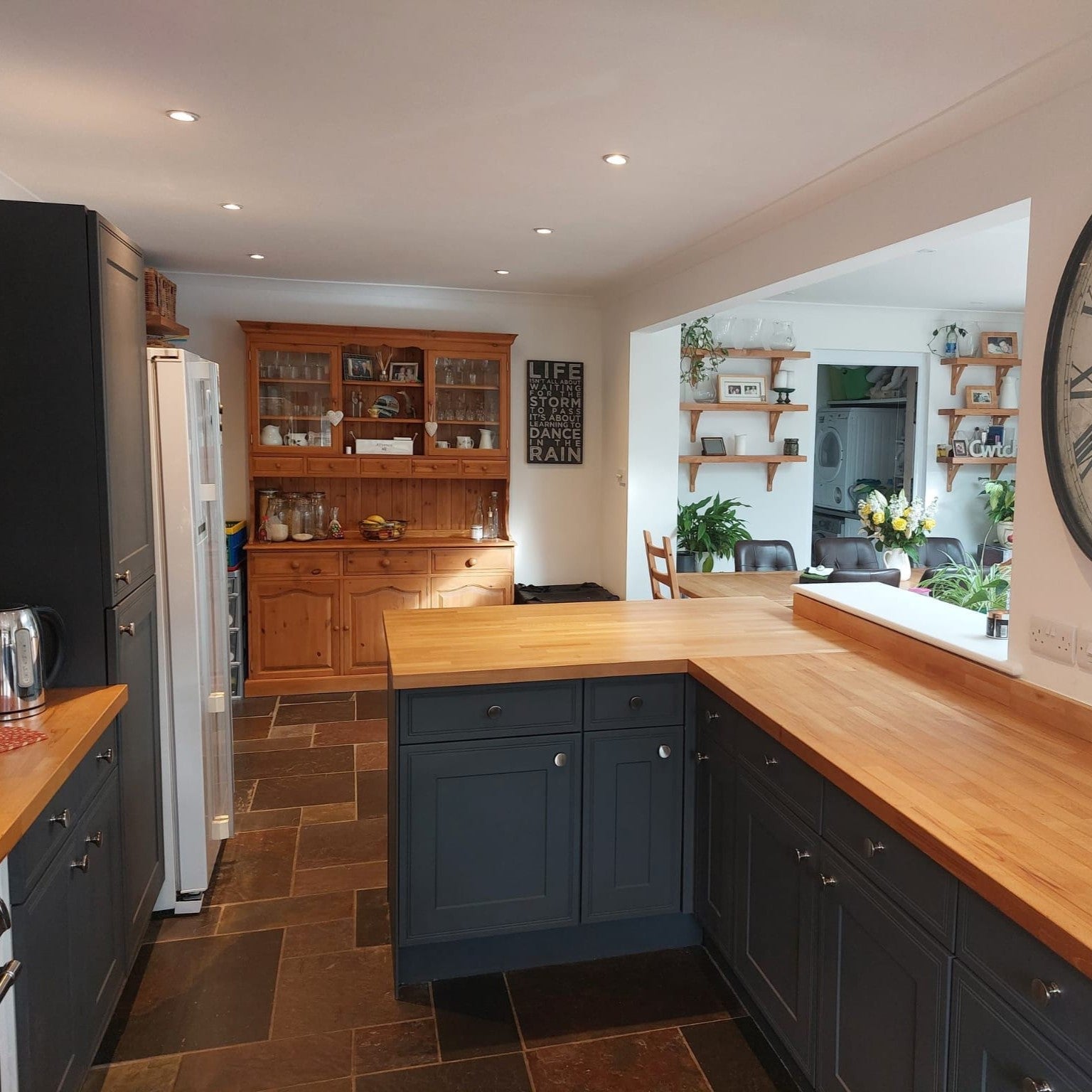
How do I create texture on a painted surface? – Tips and techniques with Frenchic paint
Do you want to give your furniture or wall surface a rustic, lively, personal, or antique look?
Creating texture on a painted surface is a fun way to highlight interior details and make every project unique.
Key words for these projects include: test, combine, layer, coat, remove, sand, scratch, scuff, wax
You can use many different techniques:
-
Paint overworking
-
Stippling
-
Partial drying and breaking the surface
-
Wood surface distressing before painting
-
Crackle effect between different colors
You can also combine techniques and different colors in different areas – this creates interesting, lively surfaces.
Overworking the paint
If you want to break the rules of a smooth surface, try overworking the paint. This means continuing the brush movement while the paint is already starting to dry. This creates clear brush marks and an uneven surface, which works excellently as a base for, for example, waxing or dry brushing.
Tip: Try applying paint either along the wood grain or along the surface being treated – depending on whether you want a natural or emphasized effect.
Stippling
Stippling is created by using the tip of the brush and dabbing paint repeatedly onto the surface. The result is a rough, lively surface. This technique also works perfectly as a base for waxes and other highlighting techniques.
Partial drying and breaking the surface
If you want a truly rough and antique surface, try applying paint thickly and drying it partially with a hairdryer – until the surface looks matte but there is still wet paint underneath.
Then you can “break” the surface with a brush. The result is a coarse, rustic texture suitable for, for example, furniture with an aged look. Remember that a thick paint layer dries more slowly!
Distressing before painting
For wood and furniture surfaces, you can create deeper texture to imitate wear and the patina of time. Scratch, scuff, gouge with a tool, or use very coarse sandpaper before painting. Works excellently for pine furniture or pine shelf boards.
In Frenchic’s famous beam hack/paint and wax hack example, Lazy Range Crème de la Crème paint was used together with Browning Wax – and the result beautifully resembled an old beam.
Crackle effect – beautiful, cracked surface easily
If you want an authentic old and cracked look, use Frenchic Easy Crackle product between two different colors. Easy-to-use Easy Crackle makes the top paint crack and beautifully reveal the lower color.
Enhance the effect with strong tape: when the top paint has cracked but is not yet fully dry, press tape onto the surface and remove it – this creates a stunning, chipped-looking surface.
Try combining different techniques, layering colors, and finishing the surface with Frenchic wax or top coat.

Texture zones add character
You get a particularly striking result when you combine different texture techniques in different areas. For example, the center of a cabinet door can be smoother and the edges rougher. Add beautiful golden edges or stripes to worn furniture.
Easy-to-use Saltwash powder gives a stunning texture to the painted surface.
This works especially well on surfaces finished with waxes.
Summary – texture with Frenchic paint
-
Create a lively, rustic, or antique surface easily with various techniques
-
Try overworking, stippling, partial drying, distressing, or crackle effect
-
Dry paint thicker by leaving the lid off the paint container. Thick paint is fun to work with as a special effect.
-
Combine multiple techniques, apply many layers – this creates a personal, interesting result
- Mix sawdust, texture powder, or other rough materials into the paint
- Use tools such as a spatula, palette knife, sticks, knife, old and hardened brush

